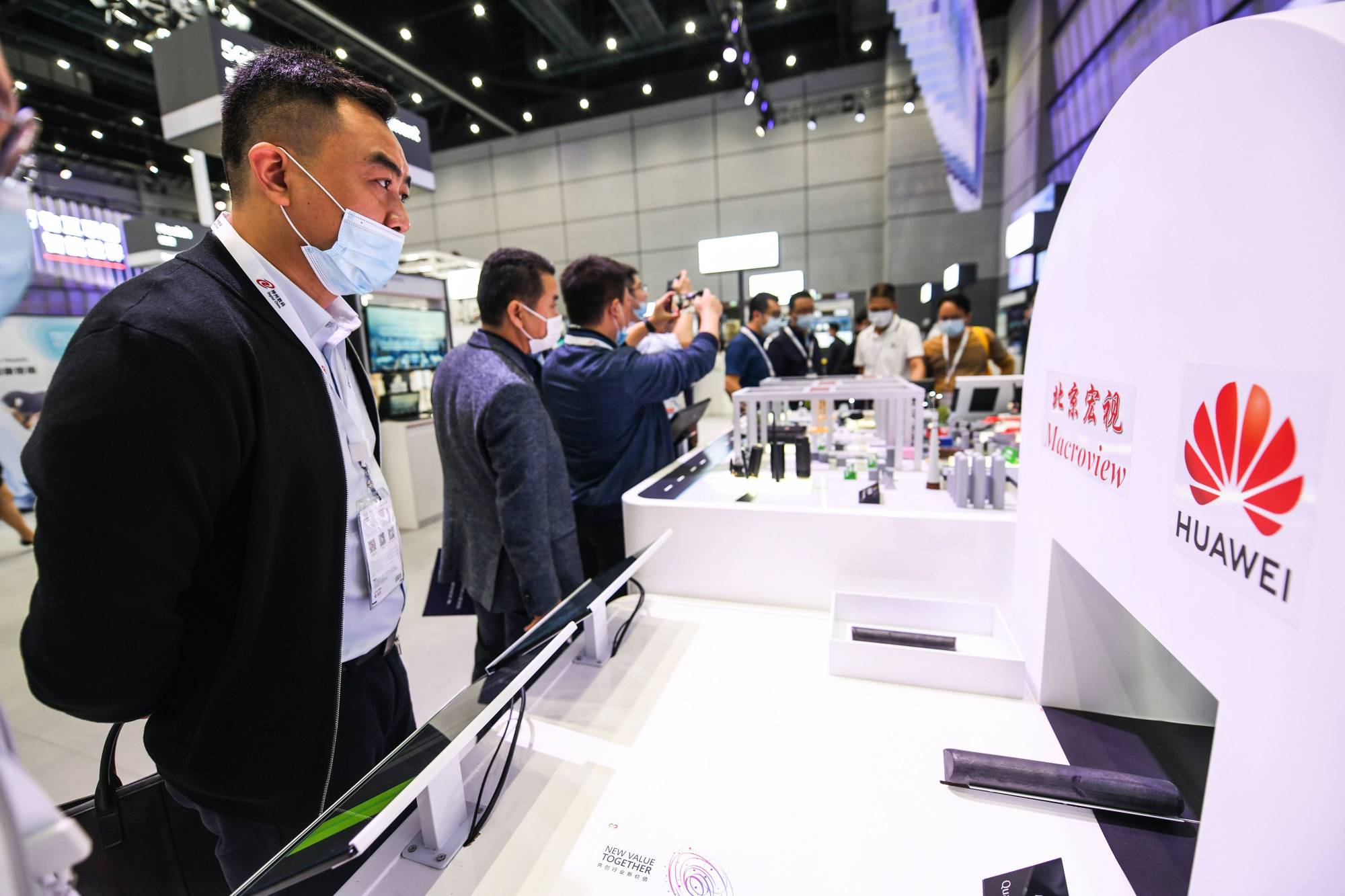At a new 400-acre research-and-development center on China’s south coast, Huawei Technologies Co. engineers chat, tap at their phones or chill out on a small electric tram that whirs them between buildings modeled variously on the Sorbonne or England’s great universities. They move through neighborhoods built in the style of Versailles or Renaissance Italy, passing by some of the 3,000 gardening and maintenance staff needed to keep the vast parklands immaculate.
It’s late July, and on this Disneyland-like corporate campus about an hour and a half’s drive from Hong Kong, Huawei seems to be basking in the wealth from its leadership in 5G mobile technology. No other company has done more to project the image of a technologically advanced China on the international stage. And no other company stands as a greater symbol of China’s engagement with the outside world.
Huawei’s vaulting ambition to be at the forefront of future-defining technologies has landed the company in the crosshairs of the U.S. and other governments that see it as a conduit for the geopolitical objectives of the Chinese Communist Party. In mid-August, the U.S. Department of Commerce, at President Trump’s direction, handed down yet another round of restrictions aimed at cutting Huawei’s access to commercially available computing chips it needs to make 5G base stations and smartphones.


















With your current subscription plan you can comment on stories. However, before writing your first comment, please create a display name in the Profile section of your subscriber account page.